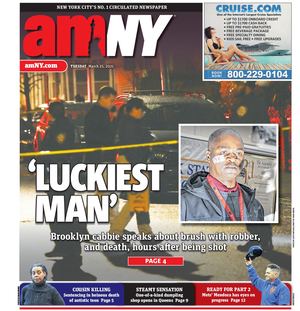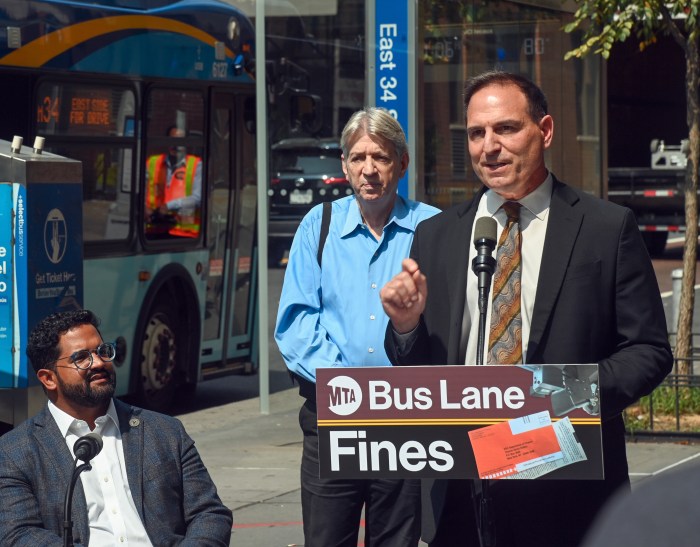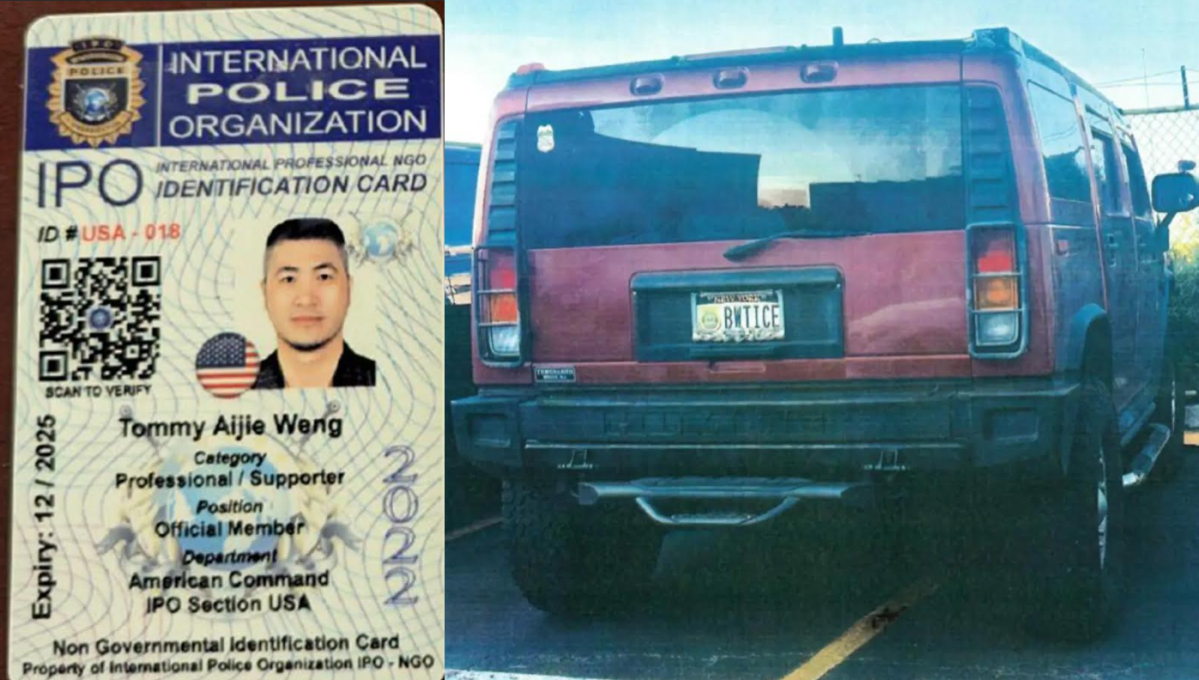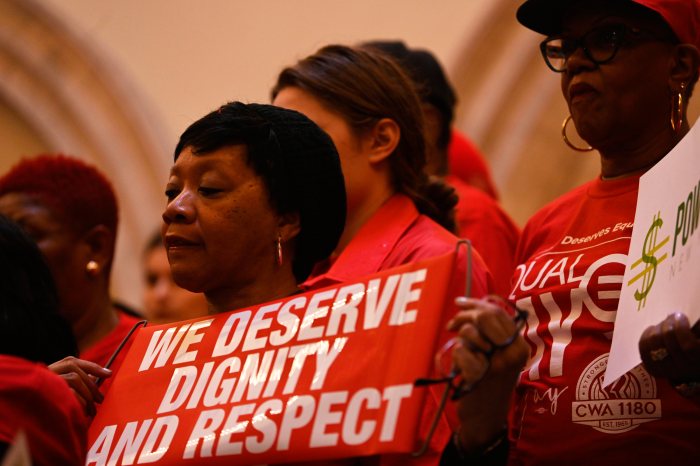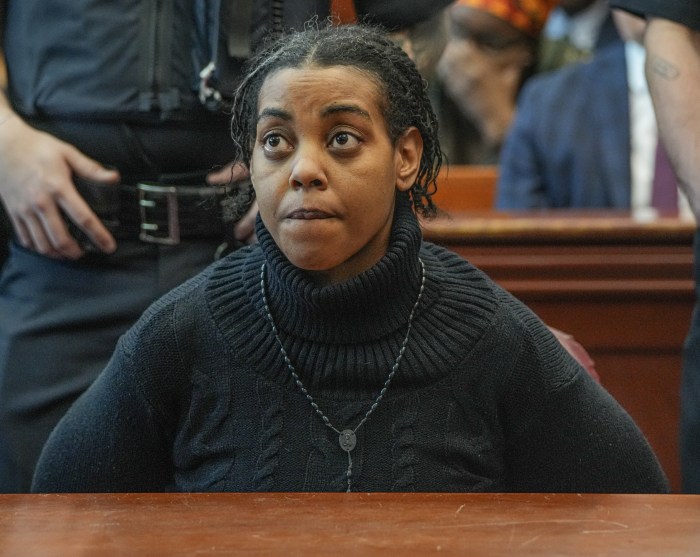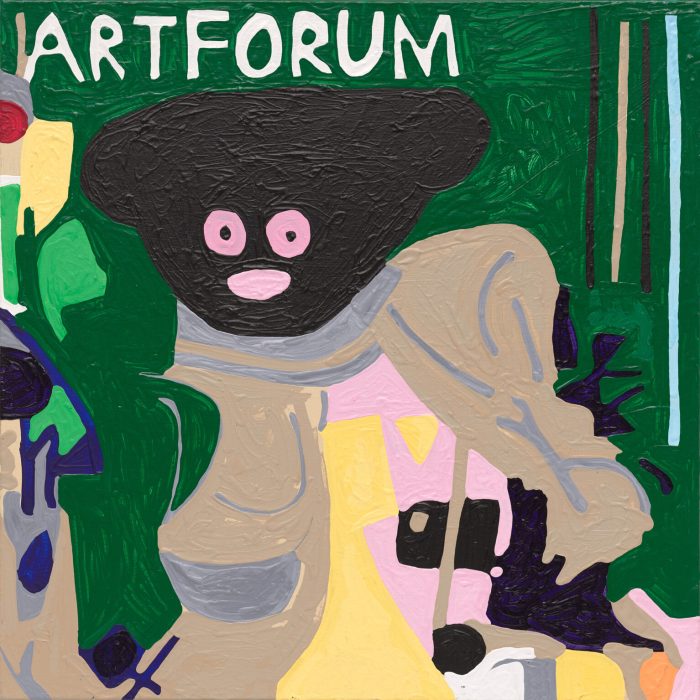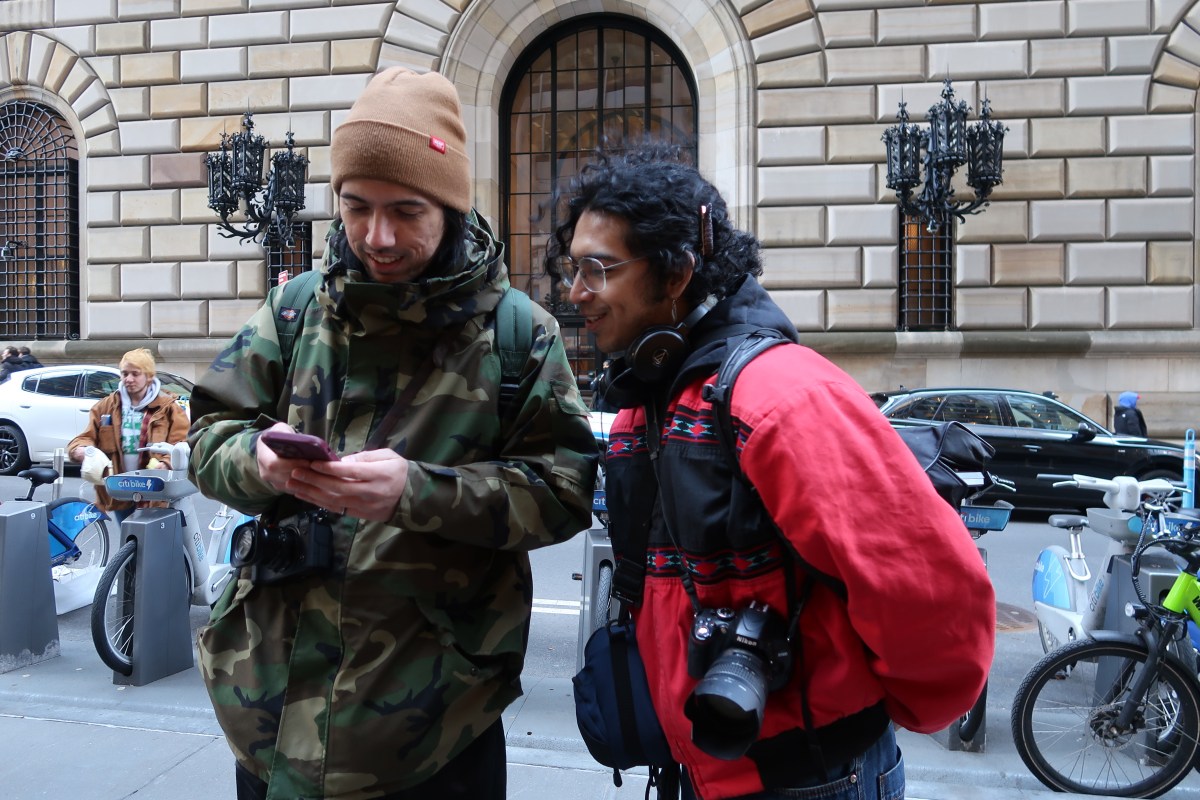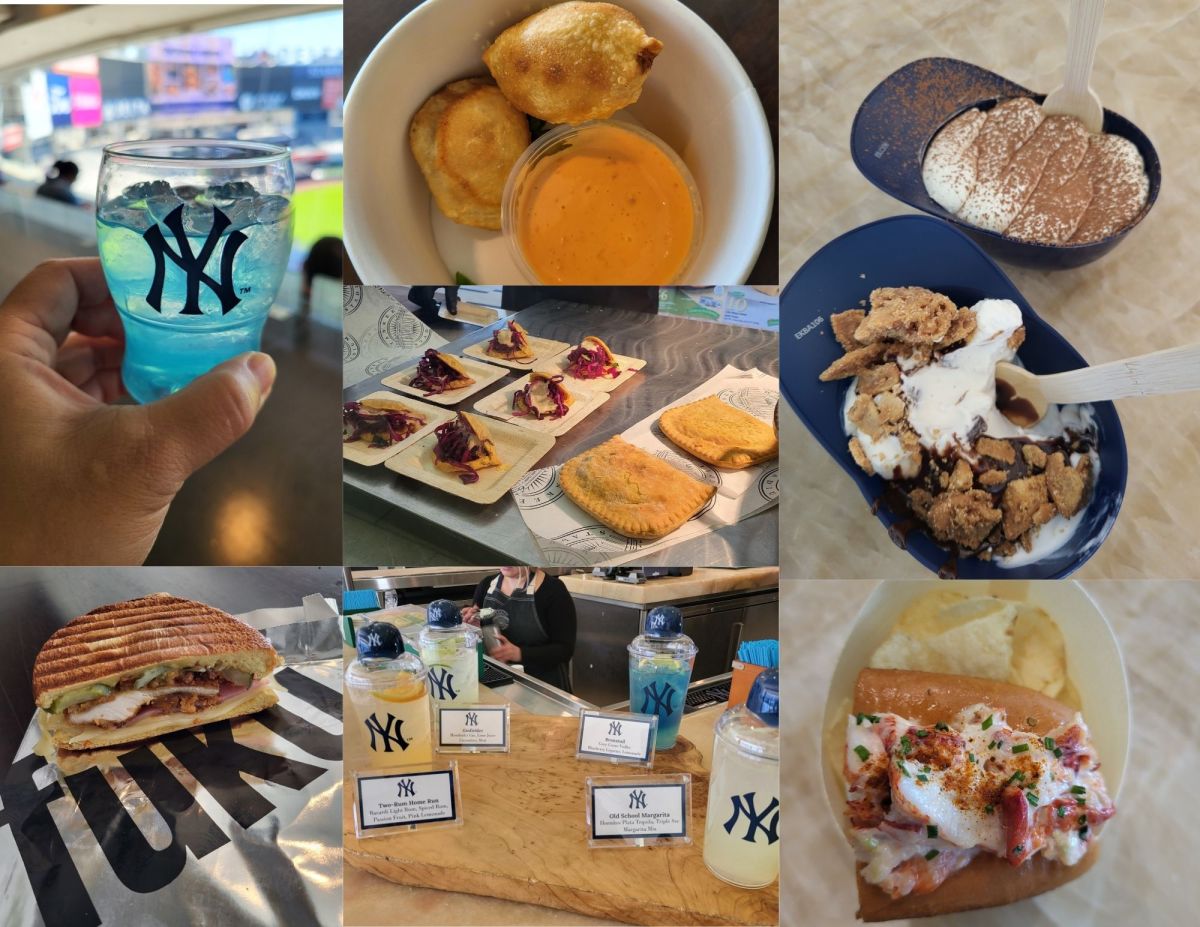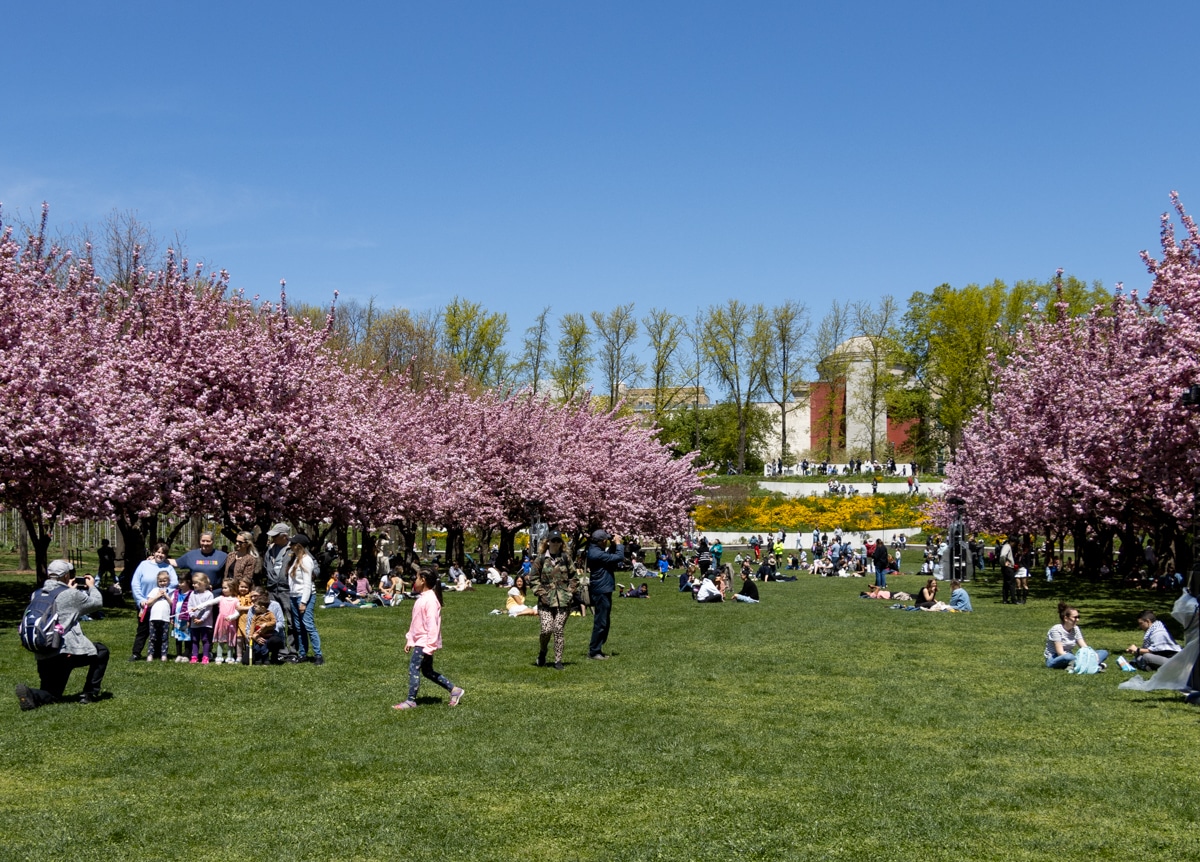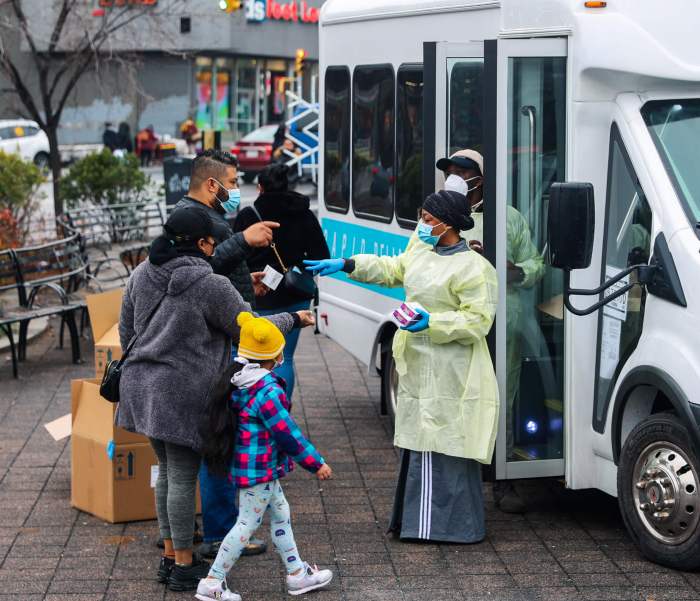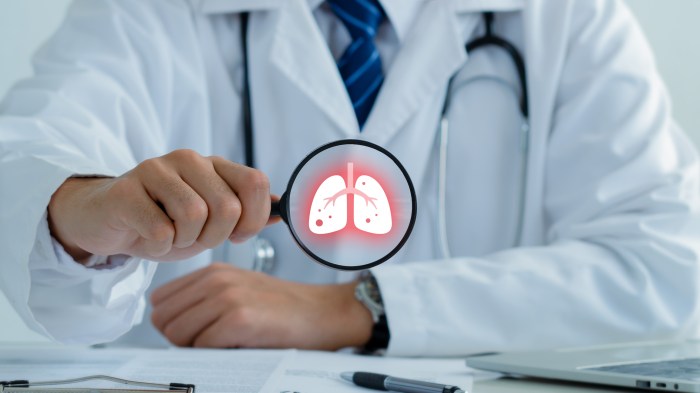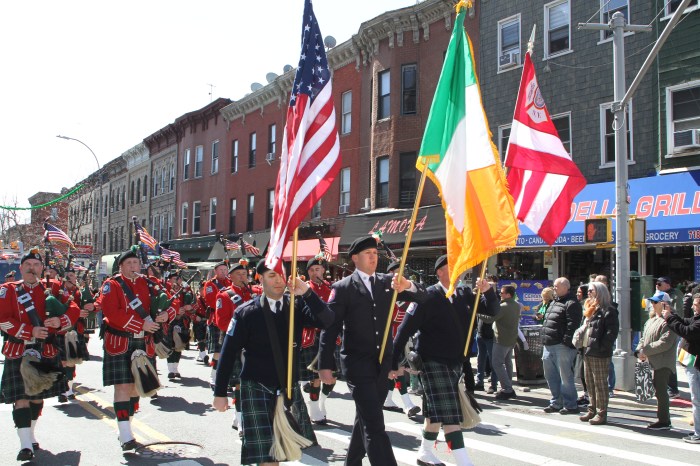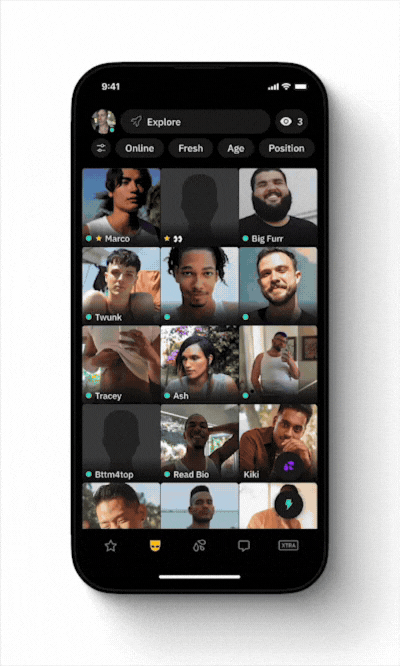BY TERESE LOEB KREUZER | Bridge traffic and tolls are two of the most vexing problems for Downtown community boards, said Brad Hoylman, chair of Community Board 2, in introducing a panel of experts who were about to deliver their most cogent thoughts on the subject to an audience at N.Y.U.’s Casa Italiana.
The May 10 panel discussion, entitled “Dealing with Downtown Bridge Traffic: Are Tolls the Answer?” was jointly sponsored by N.Y.U. and C.B. 2.
Shirley Secunda, chair of the board’s Traffic and Transportation Committee, who acted as moderator, said that traffic coming over the three East River spans — the Williamsburg, Manhattan and Brooklyn bridges — is noisy, and threatens safety and the historic infrastructure of Lower Manhattan neighborhoods.
“We have 250,000 motor vehicles a day coming into Manhattan over the East River bridges,” said Secunda. “Tolling is a possible way to curb this terrible influx.”
Hope Cohen, one of the panelists who is director of the New York program of the Regional Plan Association, said that part of the problem described by Secunda stems from the fact that three different entities administer New York City’s bridges, and all have different pricing structures. Some drivers go out of their way to use the East River bridges, which have no tolls.
The Port Authority of New York and New Jersey owns the Hudson River bridges, which have the highest fees and are traditionally in the best condition, she said. M.T.A. Bridges and Tunnels owns and administers the Brooklyn-Battery Tunnel, the Queens Midtown Tunnel and several bridges (the major ones being the Throgs Neck, the Bronx-Whitestone, the Robert F. Kennedy, the Henry Hudson and the Verrazano-Narrows). The three East River bridges (Brooklyn, Manhattan and Williamsburg) are administered by the city Department of Transportation.
“They are traditionally considered ‘free,’” said Cohen. “They are not ‘free’ in terms of time [to cross them] and maintenance. They are untolled.” She said that these East River crossings were the least maintained of the city’s bridges.
Leveling out the pricing structure on the bridges, Cohen added, “would lead to more evenly distributed traffic patterns.”
On the larger issue of how to reduce traffic congestion in Manhattan and on the roads leading into the borough, the panelists agreed that some form of congestion pricing was the answer. This measure would impose tolls on all cars entering or exiting Manhattan.
But the experts also felt that simply collecting tolls on bridges was insufficient. A congestion-pricing plan pushed by the Bloomberg administration in 2007 died when the New York State Assembly, which had to approve the plan, declined to vote on it.
“Any tolling plan is going to have to toll the entire central business district,” stated Charles Komanoff, a transportation analyst who lives in Lower Manhattan. The people from Queens, Brooklyn and Long Island would feel aggrieved, he said, if they were tolled, but the people coming down from the Bronx, Mt. Vernon, New Rochelle, Scarsdale, Harrison, Rye and elsewhere in Westchester were not.
“About 350,000 vehicles daily cross 60th Street into the central business district of Manhattan,” observed Komanoff. “If we don’t toll at 60th Street in addition to the East River bridges, we’re going to be giving up a huge amount of revenue. We’ll be leaving dollars on the table that we need to capture [in order] to fully fund public transportation in the city.”
The panelists concurred that funding mass transit was the best use for toll monies collected and was the only likely way of selling congestion pricing to various constituencies that would have to approve it.
“We did a poll of more than 600 people who always vote in New York City primaries,” said panelist Paul Steely White, executive director of Transportation Alternatives. “When we asked them, ‘Do you think the following issue is very important, kind of important or not important at all?’ — by far the one issue that resonated with voters was improving transit. It was right up there with job creation and the economy in terms of issue importance.”
On the other hand, White noted, traffic congestion and some other issues were way down on the list.
White said that those who are intent on passing some form of congestion pricing should highlight the transit benefits.
“The $90 million saved last year with massive transit cuts that included three subway lines and 30 bus lines is a fraction of what most estimates are of the revenue that could be generated by congestion pricing,” he elaborated.
As for the deluge of traffic coming into Lower Manhattan, which Secunda complained about at the start of the session, the panelists believed that higher costs for driving and improved mass transportation would cause many people to choose not to drive.
“Pricing works,” said Cohen. “When gas prices go up, Port Authority and M.T.A. crossings that can be tracked via E-ZPass show that vehicle ridership is significantly reduced.”
However, not everyone in attendance warmed up to the congestion pricing solution that the panelists embraced.
A man in the audience said that, while he lives in Manhattan, his work takes him to Queens and Staten Island every day.
“Do you realize how much that costs in tolls?” he asked the panel. “A lot of people travel for business. I happen to have a bad knee. I had a knee operation. I need my car to go to work. I would have to take a subway, a bus and the Long Island Railroad — it would take two-and-a-half hours.”
And meanwhile, traffic on streets fed by the East River bridges continues unabated.
